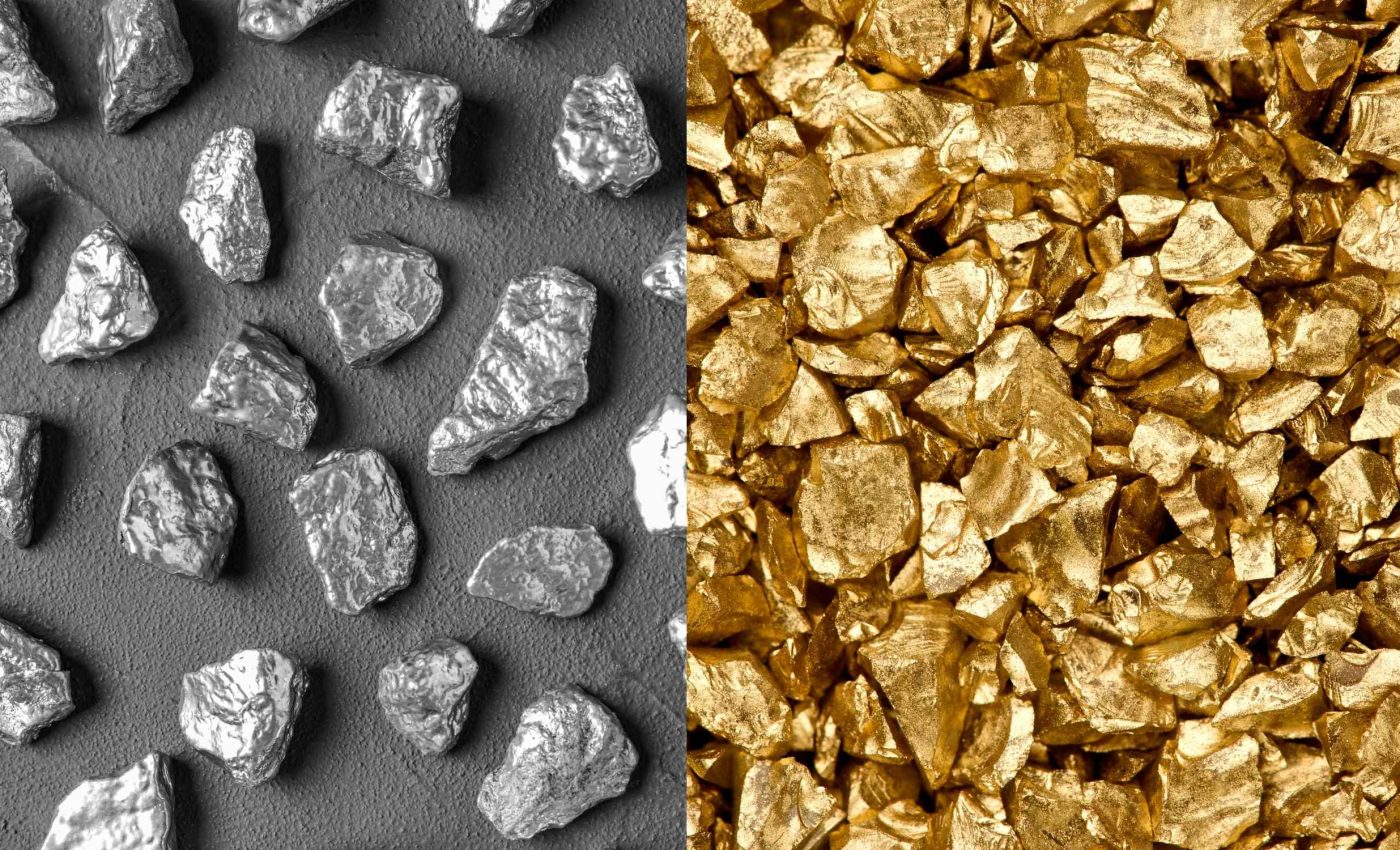
New silver and gold discovery confirmed to be extraordinarily high grade deposits
Outcrop Silver & Gold has reported a new high grade shoot at the Morena vein inside its Santa Ana project in Colombia. The highlight intercept includes 0.55 meters at 1,877 grams of silver per ton and 4.26 grams of gold per ton, which the company reports as 2,197 grams silver equivalent per ton.
The program marks the sixth new high grade shoot identified since April 2024 and follows systematic work around the La Ye target. Results arrive ahead of a planned mineral resource update.
The program is led by Guillermo Hernandez, Vice President of Exploration at Outcrop Silver & Gold Corporation.
Morena silver drill cores
Hole DH471 cut 1.87 meters grading 680 g/t silver and 1.52 g/t gold for 794 g/t silver equivalent, including the 0.55 meter zone running 1,877 g/t silver and 4.26 g/t gold.
Converting widths to the U.S. system, those intervals measure about 6.1 feet and 1.8 feet, respectively.
Hole DH467 intersected 2.29 meters at 233 g/t silver and 0.37 g/t gold for 261 g/t silver equivalent. That interval is roughly 7.5 feet.
Drilling at Morena totals 2,905 meters, or about 9,530 feet. The team outlines a mineralized footprint near 400 meters along strike, about 1,310 feet, and nearly 300 meters down dip, about 984 feet.
“We are excited to confirm the sixth new high grade shoot at Santa Ana since the mineral resource was published with the discovery at Morena,” stated Hernandez.
Where Morena silver and gold sits
Work at Morena grew out of soil geochemistry and follow-up trenching around La Ye that flagged a structural corridor. Surface sampling preceded the drilling that confirmed vein continuity along several hundred meters.
The Morena vein trends between 220 and 230 degrees, dips from 45 to 75 degrees, and sits in green schists. Orientation and host rocks help explain why drilling can step both along strike and down dip with a clear model.
Morena adds to a pipeline that already includes zones named Aguilar, Jimenez, Guadual, La Ye, and Los Mangos.
Each target is being tested for inclusion in the next resource update without assuming that today’s results translate directly into resources tomorrow.
How grades are reported
Silver grades are typically reported in tons, which simply means grams of metal per metric ton of rock and remains a standard measure used by agencies like the U.S. Geological Survey (USGS).
Many explorers also report equivalency grades that roll multiple metals into a single number based on metal prices and recoveries.
Industry guidance stresses that any equivalency should disclose the underlying grades, prices, and recovery assumptions, and that equivalents are not appropriate when recoveries cannot be reasonably estimated, which keeps comparisons honest for readers and investors.
For context, Santa Ana’s current technical report lists an indicated resource of 24.2 million ounces silver equivalent at 614 g/t and an inferred resource of 13.5 million ounces at 435 g/t, providing a baseline snapshot before any impact from Morena is considered.
Rigorous sampling and analysis
Reliable assays depend on procedures such as inserting blanks, duplicates, and certified reference materials at planned intervals.
Regulators and professional bodies outline best practices for how results should be collected and reported to avoid bias and to ensure transparency for investors and communities alike.
Independent labs commonly use methods like aqua regia digestion followed by ICP analysis to measure multi element chemistry, with clearly defined quality controls stated for each batch and instrument run.
Core handling routines matter too. Sawing core, sending half for assay, and retaining half for verification work allow later reconciliation and potential re testing as the model evolves.
Context for Santa Ana and Mariquita
Santa Ana sits in the historic Mariquita District, where records of mining date to at least 1585. Archival materials even depict active workings at the Santa Ana mines during the nineteenth century, underlining the long mining tradition in the area.
Geologically, the district hosts epithermal style silver and gold veins, a deposit type known for narrow but very high grades and strong structural controls.
Descriptive models of epithermal systems published by the U.S. Geological Survey lay out the mineralogy, textures, and temperature ranges that guide exploration in districts like this one.
Academic work focused specifically on Santa Ana has described a volcanic hosted silver polymetallic system with multiple vein sets, which aligns with the present exploration approach that tracks structure and chemistry together.
What to watch next
Morena’s early footprint suggests practical next steps. Step outs along strike and down dip will test continuity and spacing, which are essential for resource modeling.
Metallurgical testing also carries weight because it underpins any silver equivalent calculations and informs whether certain byproduct metals can be recovered efficiently.
Clear disclosure of prices and recoveries keeps future equivalents aligned with professional guidance rather than assumptions.
Investors and local stakeholders will likely focus on how quickly new holes fill the gaps around the current intercepts.
Consistent widths and grades, supported by strong QA/QC and independent lab checks, set the stage for any future resource addition.
—–
Like what you read? Subscribe to our newsletter for engaging articles, exclusive content, and the latest updates.
Check us out on EarthSnap, a free app brought to you by Eric Ralls and Earth.com.
—–













